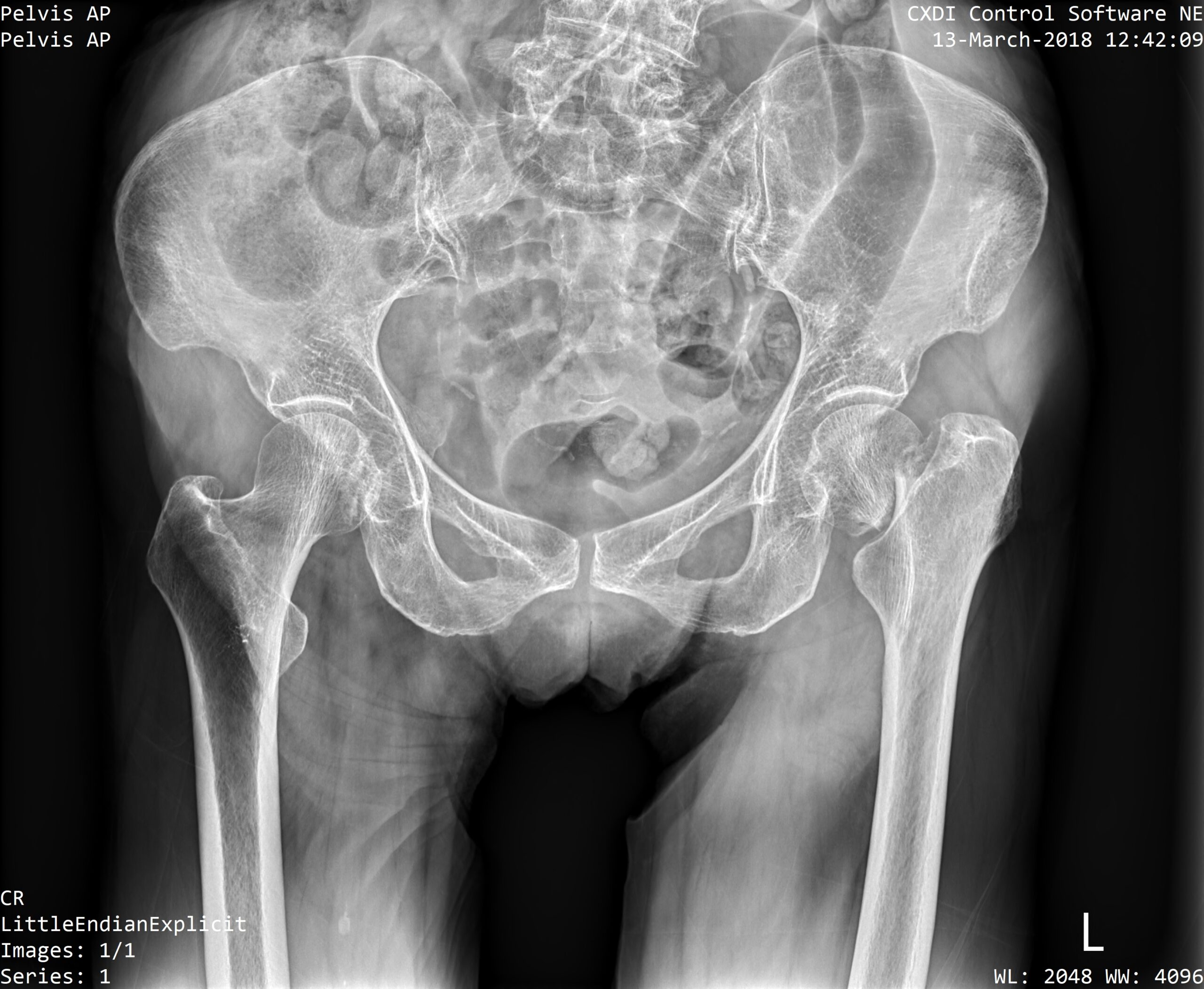Osteoporotic fractures, often resulting from osteoporosis, can cause significant discomfort and impact mobility, especially for seniors. Vertebral compression fractures are common in those with low bone density. When these fractures occur, kyphoplasty might be one option a healthcare specialist suggests for relief and stability. Understanding what kyphoplasty involves, who might benefit, and how to prepare or recover from the procedure is key for anyone exploring their options.
What Is a Kyphoplasty Procedure?
Kyphoplasty is a minimally invasive surgical procedure designed to address certain types of vertebral fractures. The main goal is to stabilize the fractured vertebra and potentially improve mobility. Unlike traditional surgery, kyphoplasty typically uses small incisions and specialized instruments.
During the procedure, a small balloon is carefully inserted into the fractured vertebra. The balloon is gently inflated, creating a space within the bone. Once the space is made, the balloon is removed, and the cavity is filled with bone cement. This cement helps support the vertebra’s structure.
Who Is a Good Candidate for This Procedure?
Not everyone with a vertebral fracture from osteoporosis will be a match for kyphoplasty. The procedure is typically suggested if symptoms, including pain and reduced mobility, persist after other treatments such as rest, pain management, or bracing. A medical specialist may recommend kyphoplasty if you experience:
- Vertebrae damage from osteoporosis, leading to a fracture or a vertebral collapse.
- Vertebrae weakened by cancerous tumors.
- Injuries that compress or break spinal bones.
How Can You Prepare Effectively For Kyphoplasty?
Preparation involves several key steps, starting with a thorough medical evaluation, which is fundamental for an accurate treatment plan. Your doctor may request blood tests, X-rays, or an MRI to assess the fracture and your general health. Some medications might need adjustment. Before the procedure, inform your healthcare provider about all prescriptions, supplements, and allergies.
Fasting guidelines are usually provided if sedation or anesthesia is planned. Arranging transportation for the day of the procedure is recommended, as you may not be able to drive afterward. Wearing comfortable clothing and leaving valuables at home can help make the day more manageable.
The Recovery Process
Recovery from kyphoplasty is often shorter than recovery from traditional spine surgery. Many patients go home the same day, though some may stay overnight. Mobility may improve within a day, but your provider will offer specific guidance about when to resume normal activity. You might be advised to limit strenuous activity for a week. Mild soreness around the incision is common and should lessen quickly. Keeping track of your recovery, watching for any signs of infection or new symptoms, and attending follow-up appointments are all integral aspects of the healing process.
Learn How Kyphoplasty Can Help You
Kyphoplasty offers a possible pathway to stability and relief for those coping with vertebral fractures. If you have ongoing back pain or changes in your spine’s shape due to an osteoporotic fracture, it may be time to speak with a specialist about your options. Contact your doctor to discuss your spinal health and make a plan today.





Leave a Reply